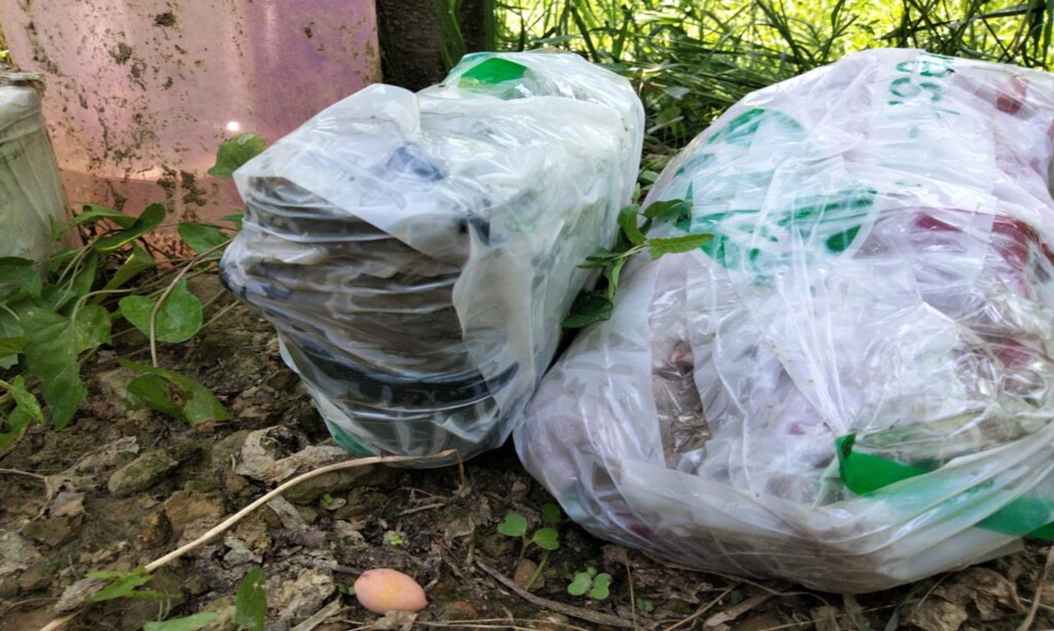- Courses
- GS Full Course 1 Year
- GS Full Course 2 Year
- GS Full Course 3 Year
- GS Full Course Till Selection
- Answer Alpha: Mains 2025 Mentorship
- MEP (Mains Enrichment Programme) Data, Facts
- Essay Target – 150+ Marks
- Online Program
- GS Recorded Course
- Polity
- Geography
- Economy
- Ancient, Medieval and Art & Culture AMAC
- Modern India, Post Independence & World History
- Environment
- Governance
- Science & Technology
- International Relations and Internal Security
- Disaster Management
- Ethics
- NCERT Current Affairs
- Indian Society and Social Issue
- NCERT- Science and Technology
- NCERT - Geography
- NCERT - Ancient History
- NCERT- World History
- NCERT Modern History
- CSAT
- 5 LAYERED ARJUNA Mentorship
- Public Administration Optional
- ABOUT US
- OUR TOPPERS
- TEST SERIES
- FREE STUDY MATERIAL
- VIDEOS
- CONTACT US
Liquid Improvised Explosive Devices (IEDs)
Liquid Improvised Explosive Devices (IEDs)
15-06-2024

Context
- Resurgence in Jammu and Kashmir: Liquid IEDs, which had been absent for 17 years, have resurfaced in the region.
- Difficult to detect: These explosives pose a challenge for security forces due to their "difficult-to-detect" nature.
-
Possible composition: Forensic analysis suggests the liquid explosives could be trinitrotoluene (TNT) or nitroglycerine.
About Improvised Explosive Devices (IEDs):
- Unconventional weapons: IEDs are homemade explosives that can be made in various shapes and sizes and triggered in different ways.
- Wide range of users: Used by criminals, vandals, terrorists, suicide bombers, and insurgents.
- Diverse forms: IEDs can range from small pipe bombs to complex devices capable of causing mass destruction.
- Damage potential: The damage caused by an IED depends on its size, construction, placement, and the type of explosive used.
- Term origin: The term IED gained popularity during the Iraq War (2003).
Components of an IED:
- Initiating mechanism: Detonator to trigger the explosion.
- Explosive charge: The main explosive material.
- Casing/projectiles: Container for the explosives or objects to create lethal fragments.
Materials used in IEDs:
- Wide range of materials: IEDs can be made from various materials including artillery rounds, aerial bombs, fertilisers, TNT, and other explosives.
- Radiological, chemical, or biological components: Some IEDs may contain these components to enhance their destructive and psychological impact.
Additional points:
- The resurgence of liquid IEDs raises concerns about the evolving tactics of militant groups in Jammu and Kashmir.
- The difficulty in detecting liquid IEDs highlights the need for advanced security measures and technologies.
- The potential use of TNT or nitroglycerine in these explosives underscores their destructive capabilities.
Must Check: Best IAS Coaching In Delhi



